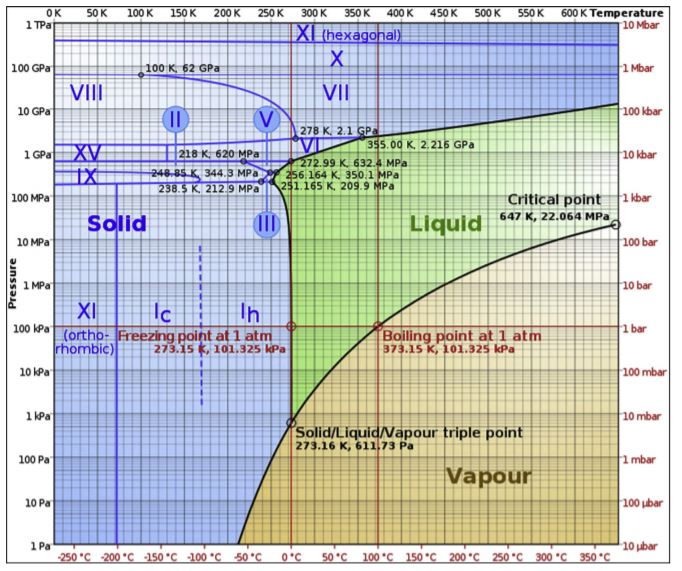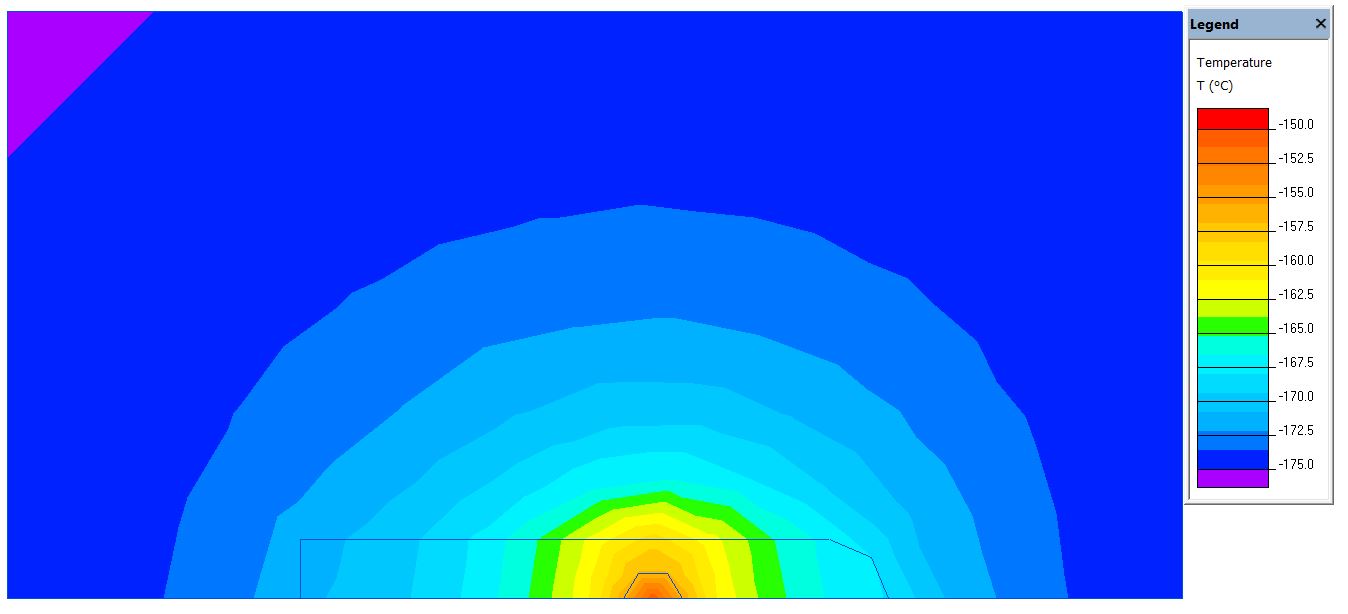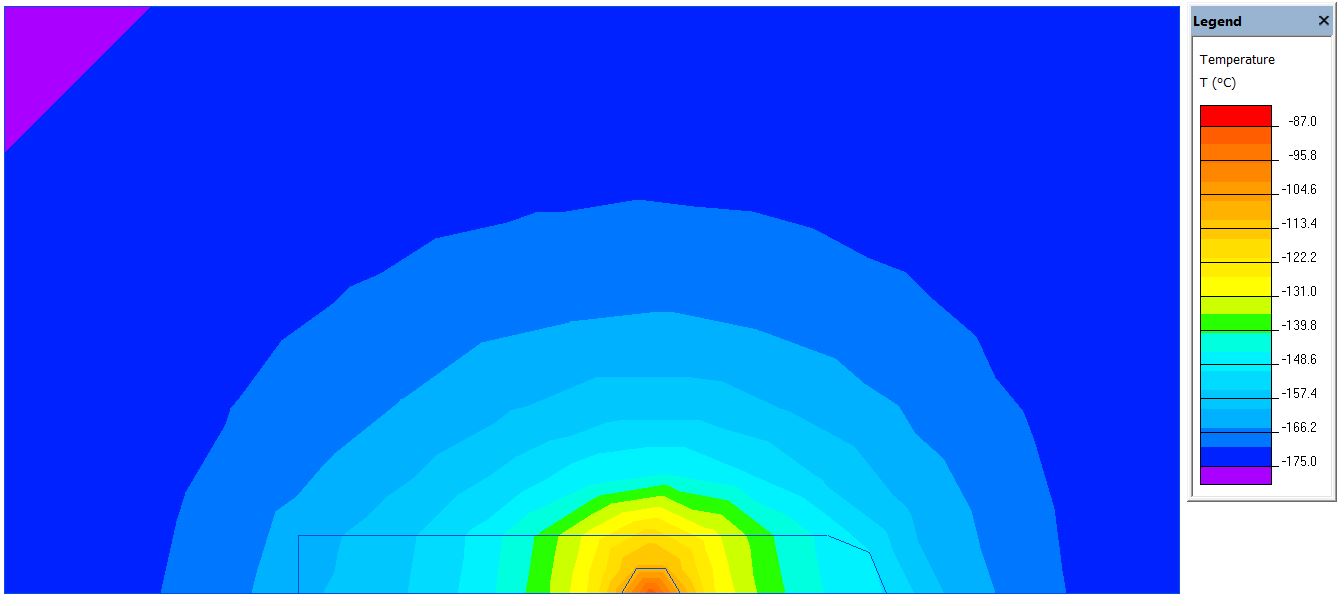Group2 19-1 Week4: Difference between revisions
| Line 66: | Line 66: | ||
| footer = The 10x1 digger in ice at two different source powers. | | footer = The 10x1 digger in ice at two different source powers. | ||
| image1 = Heat_transfer_10x1_digger_Ice_100_kW.JPG | | image1 = Heat_transfer_10x1_digger_Ice_100_kW.JPG | ||
| caption1 = 100 kW | | caption1 = 100 kW | ||
| image2 = Heat_transfer_10x1_digger_Ice_200_kW.JPG | | image2 = Heat_transfer_10x1_digger_Ice_200_kW.JPG | ||
| caption2 = 200 kW | | caption2 = 200 kW | ||
}} | }} | ||
Revision as of 14:07, 29 September 2019
Hallo Tijn, ik weet niet of je al begonnen bent met lezen, maar we zijn nog even bezig met het updaten van de Wiki. Ik zal regelmatig opslaan tijdens het updaten, zodat je simpelweg de pagina af en toe kan refreshen om de wijzigingen te laden.
Notulen tutor meeting
- Make requirements measurable
- Subdivide requirements
- Requirements, preferences and constraints
- Wie gaat het maken? Andere groep stakeholders/gebruikers
- Expand explanation for translation to exoplanets
- Nut van de achievements van de missie
- Wiki hoeft pas klaar te zijn na de presentatie, dus week 8
- Keuze voor experimenten moet echt gemaakt worden, deze week eigenlijk nog'
- Of we in een beschaving mogen/kunnen komen is een ethisch vraagstuk waar we wat meer op in moeten gaan
- Conclusies gaan trekken over constraints en keuzes
- Hoe zeker is er een oceaan op Europa, onze afweging moet duidelijk zijn voordat we ingaan op een cryobot sturen
- Planning weer updaten (week 5 report -> andere tijdsbesteding)
- Modelleren/berekenen
- Anthropologische deontologie
- Zekerheid oceaan
To do voor donderdag:
- Requirements updaten (zie notes Tijn)(Wouter)
- Modelletje temperatuur (Wouter)
- Hoe omgaan met beschavingen (Wouter)
- Experimenten updaten (Marco)
- Planning updaten (Marco)
- Aanwezigheid oceaan bevestigen (Kasper)
- Fiber optic cable at 100 K (Marco)
- Communication options via fiber or alternative options (Kasper)
Week 4 Logbook
Presence of an ocean
The first theories that Europa has a sub-surface ocean came after the fly-by mission of Voyager 1. This spacecraft was, in march 1979, the first that made images in significant detail of Europa’s surface, with a resolution of about 2 kilometers per pixel. These images revealed a surprisingly smooth surface, brighter than that of earth’s moon, crisscrossed with numerous bands and ridges. Researchers noted that some of the dark bands had opposite sides that matched extremely well, comparable to pieces of a jigsaw puzzle. These cracks had separated, and dark, icy material appeared to have flowed into the opened gaps, suggesting that the surface had been active at some time in the past. The images also showed only a handful of big craters, which are expected to build up over billions of years as the planetary surface is bombarded by meteorite, until the surface is covered in craters. Thus, a lack of much craters suggested that Europa’s surface was relatively young and implied that something erased the craters, such as icy, volcanic flows. Next to that, scientist found patterns of some of the longest linear features in the images that did not match the predicted patterns of the features, created by tides as Europa orbits Jupiter. They determined that the found patterns would fit very well if Europa’s surface could move independently and was not locked to the rest of the interior.
These interesting findings led to the next mission to Europa, Galileo. This spacecraft was launched in 1989 and entered orbit around Jupiter in 1995. Galileo eventually made 12 close flybys of the icy moon, including images of Europa at a range of scales, revealing new details about the surface and providing context for how those details were related to the moon as a whole.
One important measurement made by the Galileo mission showed how Jupiter’s magnetic field was disrupted in the space around Europa, implying that a special type of magnetic field is being created within Europa by a deep layer of some electrically conductive fluid beneath the surface. Scientists belief, based on Europa’s icy composition, that the most likely material to create this magnetic signature is a global ocean of salty water. Above described are four strong indications of a sub-surface ocean on Europa, which is why the common belief under scientists is that the ocean really exists. (https://europa.nasa.gov/about-europa/ocean/)
Physical considerations about the presence of water on Europa

One of the reasons to assume that water won’t be present in its liquid form on Europa is in the phase diagram of water, shown to the right. As can be seen in the image, the lowest pressure at which water can still exist in liquid form is its triple point at 611.73 Pa (0.0061 atm), at the common freezing temperature of 273.15 K (0 degrees C). Below that pressure, water has no liquid form. Since the pressure at Europa’s surface is about 10^-10 atm, this means that liquid water can not stably exist on Europa. It may surface for a brief moment, but will almost instantaneously either freeze or boil, leaving no water remaining.
It should be noted that indeed this diagram does not extend below 10^-5 atm, and that based on this image it is thus technically not possible to say that water does not have a liquid form at such ultra-low pressures. However, it is first of all unlikely that such an out-of-place phase change exists based on this and other phase diagrams. Secondly, this ‘liquid’ may not be liquid as we know it and still be unable to support life. Much like solid water has different crystalline structures at different temperatures and pressures, so can this liquid water have very different properties based on the environment it is in. Hence based purely on physical grounds it is unlikely that liquid water in a familiar form exists on the surface of Europa.
Modelling temperature of the digger

/* Template:Pp-template */ /* this is a block */ .thumbinner { display: flex; flex-direction: column; }
.trow { display: flex; flex-direction: row; clear: left; flex-wrap: wrap; width: 100%; box-sizing: border-box; }
/* this is a cell */ .tsingle { margin: 1px; float: left; }
.theader { clear: both; font-weight: bold; text-align: center; align-self: center; background-color: transparent; width: 100%; }
.thumbcaption { text-align: left; background-color: transparent; }
.thumbcaption-center { text-align: center; background-color: transparent; }
.text-align-left { text-align: left; }
.text-align-right { text-align: right; }
.text-align-center { text-align: center; }
@media all and ( max-width: 720px ) { .thumbinner { /* not !important usage can be removed when these are no longer inline styles inside Template:Multiple image and media query using min-width is introduced */ width: 100% !important; box-sizing: border-box; max-width: none !important; align-items: center; } .trow { justify-content: center; } .tsingle { /* not !important usage can be removed when these are no longer inline styles inside Template:Multiple image and media query using min-width is introduced */ float: none !important; max-width: 100% !important; box-sizing: border-box; text-align: center; } .thumbcaption { text-align: center; } }


